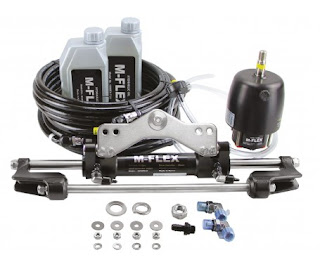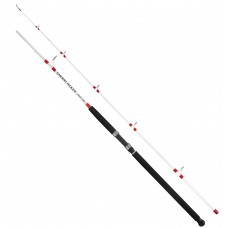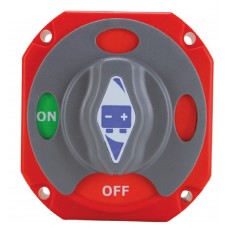Hydraulic Steering System Testing and Validation Procedures
Introduction:
Hydraulic steering systems play an important role in the automotive industry, providing drivers with precise control and maneuverability. To ensure the optimal performance and safety of these systems, rigorous testing and validation procedures are essential.We will explore the key steps involved in testing and validating hydraulic steering system.
Initial Inspection and Pre-Testing Preparation:
Before diving into testing, a thorough inspection of the hydraulic steering components is crucial. Check for any visible damage, leaks, or wear. Ensure that all connections are secure and that the system is properly lubricated. Pre-testing preparation also involves verifying the system's compliance with design specifications and industry standards.
Functional Testing:
Functional testing is the first step in evaluating the hydraulic steering system. This involves assessing the basic functionality of the system, including the responsiveness of the steering wheel, fluid pressure, and the overall control of the vehicle. Functional tests help identify any immediate issues that need attention.
Pressure Testing:
- Hydraulic steering systems rely on fluid pressure for operation. Pressure testing involves measuring the hydraulic pressure at various points within the system. This ensures that the system can generate and maintain the required pressure levels for efficient operation.
Leakage Testing:
Hydraulic systems are prone to leaks, which can compromise performance and lead to safety hazards. Conducting thorough leakage testing involves pressurizing the system and carefully testing all connections, hoses, and components for any signs of fluid leakage. Identifying and addressing leaks immediately is essential for system integrity.
Endurance Testing:
- Endurance testing simulates real-world conditions by subjecting the hydraulic steering system to extended periods of use. This type of testing helps identify potential wear and fatigue issues that may arise over time. It is especially crucial for ensuring the longevity and reliability of the system under continuous operation.
Environmental Testing:
Hydraulic steering systems must perform reliably under various environmental conditions. Environmental testing includes subjecting the system to extreme temperatures, humidity levels, and vibration. This ensures that the system can withstand diverse conditions without compromising its functionality or safety.
Dynamic Performance Testing:
Dynamic performance testing assesses the system's behavior during dynamic maneuvers, such as sharp turns and sudden stops. This type of testing is essential for evaluating the steering system responsiveness, stability, and overall performance in challenging driving scenarios.
Compliance with Regulatory Standards:
- Ensure that the hydraulic steering system complies with relevant industry regulations and safety standards. This may involve testing for specific performance criteria and verifying that the system meets the required safety and quality standards.
Conclusion:
Thorough testing and validation procedures are most important in guaranteeing the optimal performance and safety of hydraulic steering systems. By implementing a comprehensive testing regimen that includes functional, pressure, leakage, endurance, environmental, and dynamic performance testing, manufacturers can ensure that their hydraulic steering systems meet or exceed industry standards. Regular testing not only enhances the reliability of these systems but also contributes to the overall safety and satisfaction of drivers and passengers alike.



Comments
Post a Comment